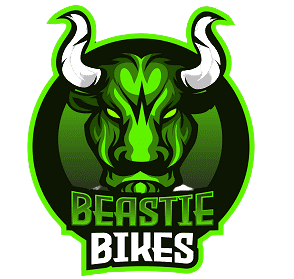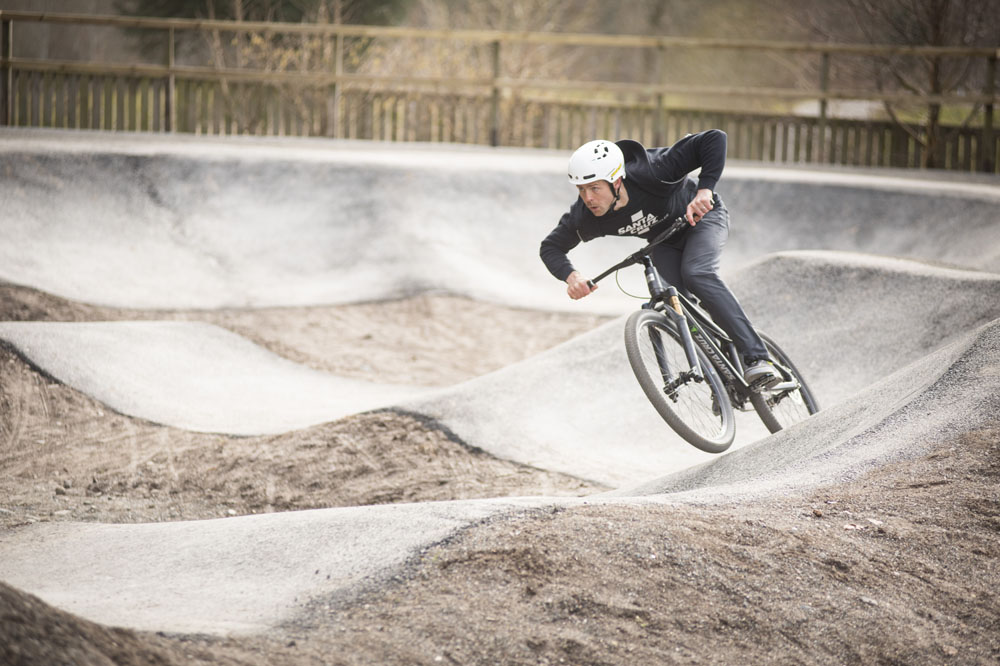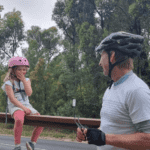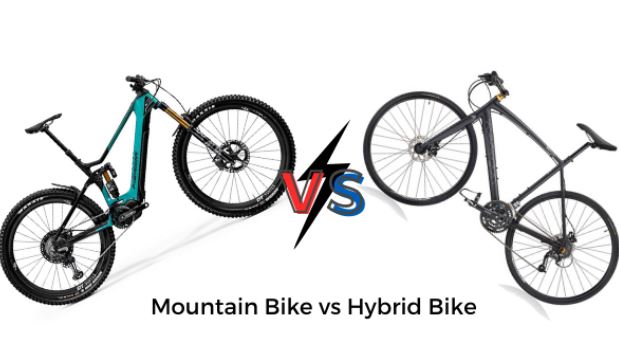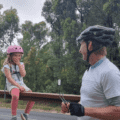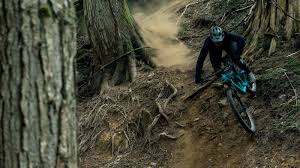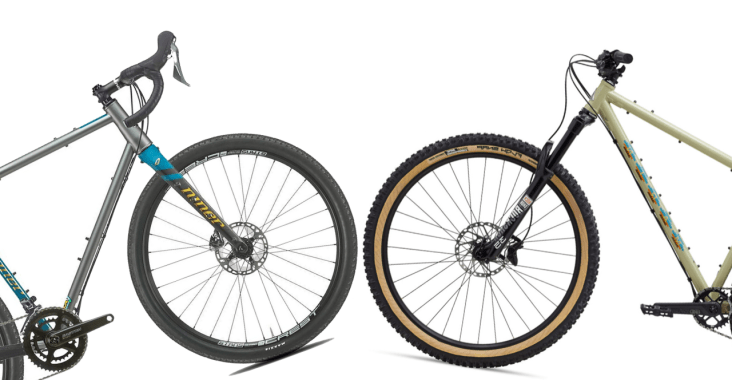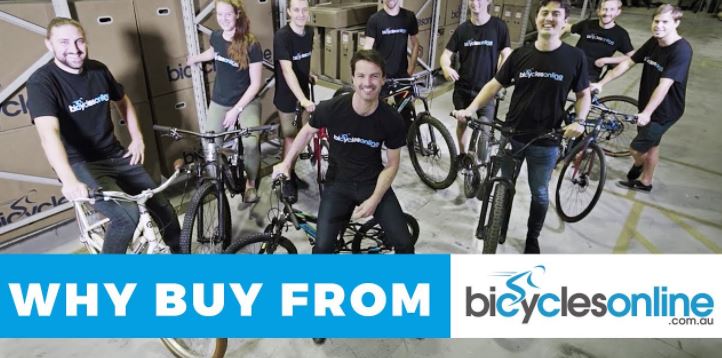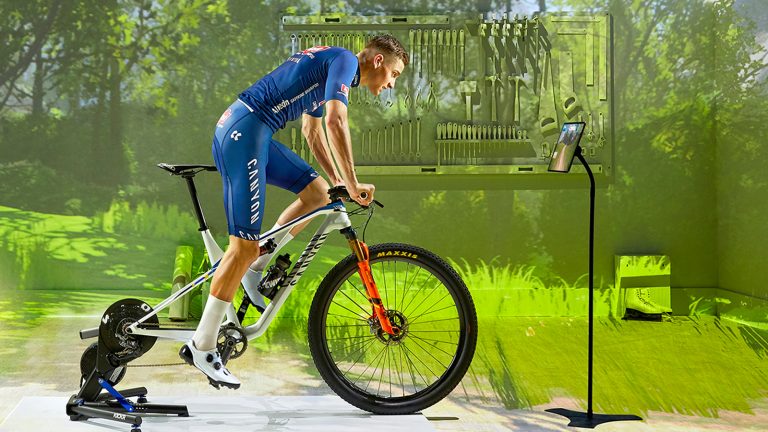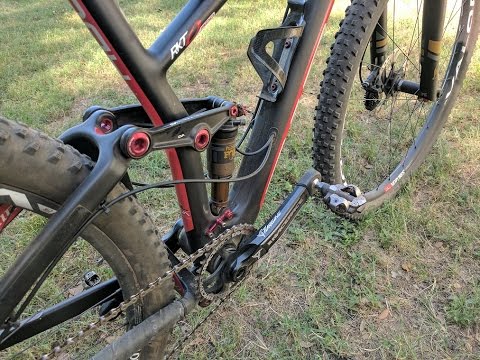Everything You Need To Know About Pump Tracks
A pump track is a circuit with banked turns mixed with rollers as well as other features that you can ride on a mountain bike without the use of pedalling. Furthermore, pump tracks are often naturally created from the soil. Riders create momentum by pumping their bodies up and down. Body movements are key on this track.
Circuits are beginner-friendly since the features are all varieties of rollable mounds, allowing riders of all skill levels and ages to safely navigate the course. Users may produce and retain increasing momentum as they gain bike control, glide through the pump track at higher speeds, and eventually learn to link features through the use of advanced tactics such as manualing and leaping.
The History of Pump Tracks: It All Began with BMX
BMX racetracks were the inspiration for the first pump tracks. A BMX track is meant to be ridden by people of all ages because it is a family sport. Riders line up at the starting gate on BMX tracks, which usually begin with a huge mound or hill. After this, they bolt out of the gate when the green light comes on, pedal rapidly down a hill, and negotiate a variety of rollers, dirt jumps, and large curves on their trip to the finish line.
The rhythm section is a BMX standard and is usually the track's most tricky portion. While this portion of the track is still rollable, leaping through it is often more challenging, forcing less experienced riders to slow down or use alternate strategies to navigate the obstacles at race speeds.
Riders can ride this section of the course in a variety of ways, with some “doubling” up rollers and others speed-manualing them. Beginners and young children generally use a combination of both riding tactics, rolling them and learning to pump to gain and maintain motion before understanding and practicing more advanced skills.
Moreover, the first pump tracks, according to myth, emerged in the backyards of Australian downhill racers in 2002. This pump track was more in line with rhythm sections, built into a loop than BMX tracks, which had a defined start and end and needed pedalling. Rather than pedalling, riders used “pumping” to gather and sustain momentum. The rollers and other elements were spaced in such a way that pedalling was inefficient, forcing riders to generate momentum by moving their bodies.
These backyard training grounds, like BMX tracks, were often built by hand and needed less space and soil because they only needed to support one rider. (Rather than a whole heat of racers battling it out side by side.) Limits of hand-built construction were often reflected in the design and placement of these pump tracks.
The Fix Bike Shop in Boulder, Colorado, had one of the first pump tracks in the United States. Nevertheless, Lee McCormack of LeeLikesBikes.com and Welcome to Pump Track Nation (his publication) are largely acknowledged as being instrumental in launching the pump track movement in the United States as we know it.
What Makes a Well Designed Pump Track?
In a nutshell, flow. The truth is that after a couple of hundred laps, pumping in a circuit, no matter how enjoyable, loses its appeal. A good pump track must include a variety of lines to pick from, decent flow, and jumpable elements to keep the rider interested and involved.
How do we know if a pump track is effective? All good pump tracks flow smoothly and might be navigated without the use of pedals or brakes. As riders improve their talents, additional line alternatives open up on the better tracks, allowing for more creative interpretation.
The best tracks people have ridden have numerous jump portions and a dirt jump line. We enjoy the variety of features, slopes, and tall, waist-high berms that let advanced riders travel at higher speeds. Remember that a good pump track can be navigated by users of all skill levels, so why not make it enjoyable and engaging for everyone?
Maintenance
It is sometimes just a matter of perseverance when it comes to making a pump track a success. Several public pump tracks begin as triumphs, but without a management plan, they quickly deteriorate and get overrun by weeds and grass.
If you explore BMX trails (also referred to as dirt jumps to the layman), you may be surprised to learn that a large amount of preparation is done before any critical session. At the very least, cracks on the faces of jumps are mended, and debris is brushed. The same is true with BMX tracks, which are watered, scraped, and swept of pebbles and other trash before the commencement of any large track day.
Compacted soil is prone to deterioration and erosion due to weather and human activity. Pump tracks, like BMX courses, dirt jumps, and flow trails, are similar to each other. They all need to be maintained. A rake, broom, flat head shovel, and a source of water, are required at the very least to manage and keep a pump track operating.
Flow
Pump tracks must be easy to handle in addition to obtaining appropriate maintenance. These must be made to accommodate riders of all ages and abilities. The difficulty arises from riding the pump track at a faster speed, similar to the rhythm part of a BMX track. What keeps riders returning, however, is a track design and layout that invites riders to interpret the course in their own unique way. Using a variety of track elements, such as step-up/step-down jumps and tabletop jumps, as well as modifying the size, shape, and spacing of rollers adds a whole new dimension to how riders can perceive courses.
The fact that private tracks develop over time is one of the explanations of why they are often more enjoyable to ride. Berms and rollers are moved about, added, or withdrawn to improve flow; jump sections can be added for extra difficulty. If you want an added challenge, wood wallrides over berms can incorporate skate park-inspired design. With less worry for liability, design originality can flourish unhindered and is frequently modified each year.
A great public pump track necessitates the same level of upkeep and attention. Sadly, we've seen pump tracks created by bike park developers without a maintenance plan in a number of locations, or perhaps worse, without a conveniently available water source to restore the pump track surface.
What Are the Various Types of Pump Track Layouts?
Pump track design is still in its adolescence when compared to skatepark design. The design of tracks seem to have stabilized into three varieties currently.
- A free form skate park-inspired design with every surface serving as a possible feature.
- A loop design inspired by BMX tracks (often incorporating a distinct start and end point as well as directional traffic)
- A head-to-head competitive track, similar to what you might find at Crankworks or Sea Otter.
Free Form Skate Park Layouts
Many private tracks begin with a loop-style configuration and gradually add additional lines. All areas of the pump track space become a rideable surface in a free form format, comparable to a concrete skatepark. The disadvantage of employing this sort of plan for public parks is the likelihood of collisions due to the limitless lines and directions.
BMX Inspired Loop Design
Mini-BMX track loops are available in a wide range of sizes and styles. Any popular pump track is likely to start with this style of layout. This style of structure can support several users at the same time because there is a defined direction of passage, making it easier to control from a liability standpoint.
If a public location only has one pump track, adding additional paths can improve the riding experience and encourage creative riding.
Competitive Tracks
Competitive tracks often have a BMX-inspired loop structure that is mirrored so that several riders can compete against one other. The concept creates a thrilling race that is also video and camera friendly.
These types of layouts are frequently built in the weeks leading up to events and then dismantled afterwards. They normally don't have many different lines and are often considerably more technical as they're developed particularly for competition. These tracks are generally not beginner-friendly and are not the ideal option of design for public parks since they are built for advanced or professional riders.
The most effective (and thus fun) tracks, in our opinion, are those that include design aspects from all ends of the spectrum.
Less successful versions have excessively tight 180-degree twists and uniformly placed and stacked rollers in a row. They are also frequently bereft of users. Sharp corners are sometimes unnecessarily challenging; while they might be exciting for riders, they require a lot more material (e.g., a tall banked wall) when properly executed. Our preferred 180-degree layouts often include a “b” line, which offers a less aggressive 90-degree alternative in the line.
Beginner vs. Advanced Tracks
There is no such thing as a “beginner” track, in our opinion, because all tracks should be welcoming to newcomers. “Little tyke” courses are typically built beside a “more sophisticated” track.
The smaller kiddie tracks frequently have scaled-down rollers that serve more as obstacles than features. We have yet to come across one that was both well-designed and well-implemented. They end up switching to the more fascinating “adult” track instead of engaging the little ones.
Rather than building a novice or small tyke track, we recommend a BMX Track-inspired layout. These layouts usually have a definite start and finish point, and rider conflicts and collisions are reduced because everyone is moving in the same direction.
Even though the youngest children are not always able to ride straight away, we have found that they are up to the task.
Riders get the best of both worlds with a basic loop style track and a secondary, more sophisticated track with additional lines and aspects derived from a free form skate park layout.
Rider Management
Skate parks that discriminate against bike use frequently use the danger of collisions between users as an argument. As a result, a well-designed park has a means of educating visitors on pump track etiquette and best practices. Several also have signs outlining the fundamentals. It is often more vital to teach track etiquette to the parents of young riders. At popular track parks, we frequently observe parents who allow their children to run free during peak usage times, a situation that is unsafe for everyone.
Discussions with young or inexperienced riders must include:
- Dropping in
- Snaking
- Awareness
- Respect
- Giving everybody an opportunity
- Communication with other riders
- Riding within your capabilities
- Child supervision
- Stewardship
- Protection
- Where to stand when you’re not riding
Learning How to Ride a Pump Track
Riding a high-quality pump track is becoming increasingly enjoyable. As a rider develops, they begin to discover the mysteries of the beast. Two rollers in a row are plenty for beginners, but as they grow and grasp the fundamentals of pressure control, they inevitably pump the rollers to acquire speed. One roller may be a take-off, and the other a landing for a more advanced rider. Alternatively, they can learn to switch between rollers to gain or maintain momentum. The nicest part of riding a pump track is going for a session and watching another rider take a creative course through it that you had not thought of before.
The best part about these tracks is that, at their core, they're just a bunch of soil shaped in such a way that you can ride your mountain bike around without having to pedal. Because it's just dirt, you can theoretically have a pump track if you have a yard, a shovel, and a hose.
The Final Verdict
Hopefully, this article inspired you to find a pump track in your neighbourhood or join the kids already playing on one you have only seen from afar. These tracks are unrivalled training instruments that can deliver a great workout.
